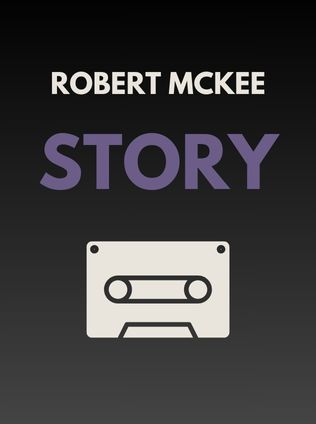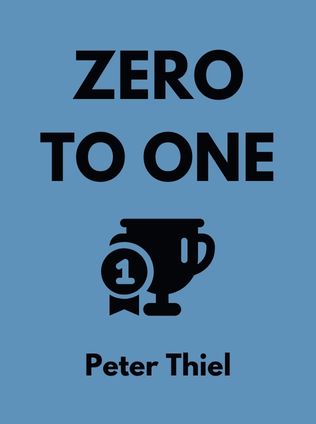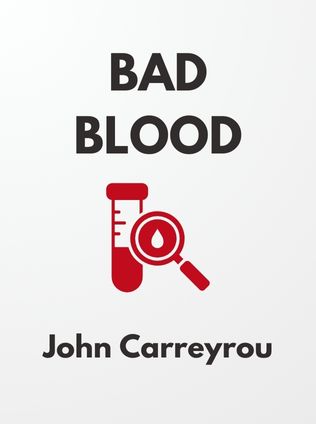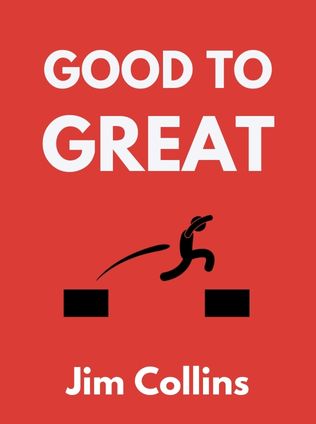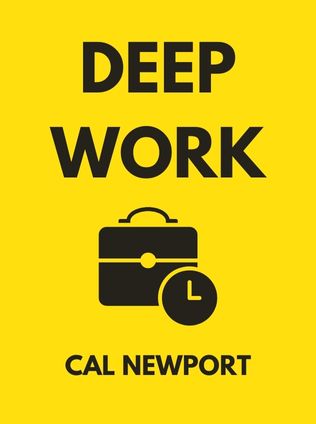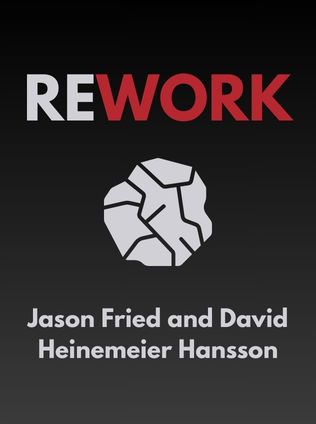
The Five Dysfunctions of a Team
A Leadership Fable
By Patrick Lencioni
Published 04/2002
About the Author
Patrick Lencioni is a renowned author and the founder of The Table Group, a management consulting firm that specializes in executive team development and organizational health. With a rich background in consulting and keynote speaking, Lencioni has worked with thousands of senior executives in organizations ranging from Fortune 500 companies to high-tech startups, universities, and nonprofits. His notable works include The Five Temptations of a CEO, Death by Meeting, and The Three Signs of a Miserable Job. Lencioni's writing is characterized by his ability to combine storytelling with practical business advice, making complex concepts accessible and engaging.
Main Idea
In The Five Dysfunctions of a Team, Patrick Lencioni explores the complexities and challenges of teamwork through a compelling fable. The book tells the story of Kathryn Petersen, the CEO of DecisionTech, who is tasked with uniting a fractured executive team. Lencioni identifies five core dysfunctions that hinder team effectiveness and provides actionable steps to overcome these obstacles, emphasizing the importance of trust, conflict, commitment, accountability, and results. The fable format allows readers to see these principles in action, providing a vivid illustration of both the struggles and triumphs of building a cohesive team.
Table of Contents
- Introduction
- The Fable: Underachievement
- The Model: An Overview of the Five Dysfunctions
- Understanding and Overcoming the Five Dysfunctions
- Conclusion
The Fable: Underachievement
The narrative begins with Kathryn Petersen stepping into her new role as CEO of DecisionTech, a once-promising startup now struggling with internal discord. Despite their impressive credentials, the executive team, referred to as "the Staff," is marked by underlying tensions and lack of genuine collaboration. Kathryn's initial observations reveal a lack of trust and ineffective meetings, setting the stage for her strategic intervention. Her decision to conduct a series of retreats in Napa Valley is initially met with skepticism, but it becomes a pivotal move in addressing the deep-rooted issues within the team.
The Staff
The executive team at DecisionTech is a group of highly intelligent and experienced individuals, yet their interactions are fraught with tension. Meetings are characterized by superficial discussions, a lack of real decision-making, and a palpable desire to end as quickly as possible. This lack of cohesion is not due to overt hostility but rather a deep-seated absence of trust. As Lencioni notes, trust is foundational to any team’s success, and its absence sets the stage for further dysfunctions.
Lighting the Fire
During the first retreat, Kathryn addresses the team with a clear and direct speech. She highlights the disparity between DecisionTech's potential and its current performance, attributing this gap to the team's dysfunction. Her blunt assessment serves as a wake-up call: "We are not functioning as a team. In fact, we are quite dysfunctional." She introduces the concept of the five dysfunctions and outlines her plan to address them, starting with the critical issue of trust.
Sign up for FREE and get access to 1,400+ books summaries.
You May Also Like
How To Win Friends and Influence People
The All-Time Classic Manual Of People Skills
By Dale CarnegieQuiet: The Power of Introverts
The Power of Introverts in a World That Can't Stop Talking
By Susan CainThe Lean Startup
How Today's Entrepreneurs Use Continuous Innovation to Create Radically Successful Businesses
By Eric RiesWho Moved My Cheese?
An Amazing Way to Deal with Change in Your Work and in Your Life
By Spencer Johnson, M.D.Make Your Bed
Little Things That Can Change Your Life...And Maybe the World
By William H. McRaven

